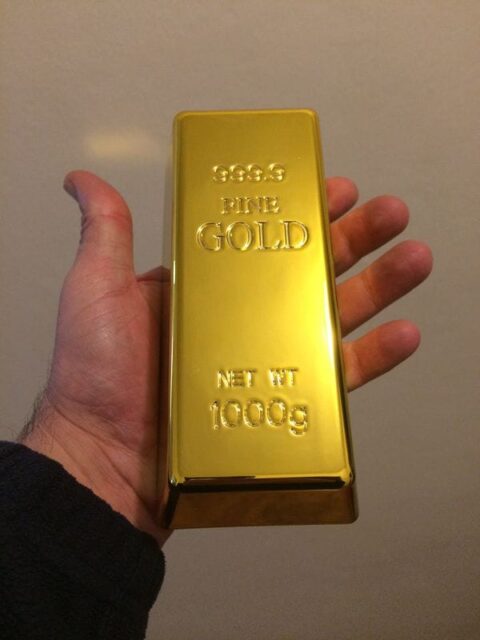Gold price trends and market influences have recently surged past $2,420, rebounding from a dip near $2,400. This upward movement, occurring over the past few days, has pushed gold to a one-week high of approximately $2,419 during the Asian session. Key factors driving this trend include escalating geopolitical tensions and fluctuations in the US Dollar (USD). Investors are now focused on the Federal Reserve’s (Fed) upcoming meeting for further direction on potential rate cuts.
Factors Influencing Gold Price Trends
Geopolitical Impact on Gold
The recent Israeli attack on Beirut, following a rocket strike in the Golan Heights, has raised concerns about escalating conflicts in the Middle East. Such geopolitical uncertainties often boost gold prices as investors seek safety in precious metals.
Global Economic Conditions
The global economic outlook remains weak, and the USD has retreated from a nearly three-week high. These factors support gold’s attractiveness as an investment. However, gold investors might wait for clearer indications from the Fed regarding future rate cuts before making significant moves.
Federal Reserve Policy
The outcome of the Federal Open Market Committee (FOMC) meeting is crucial for gold’s near-term trends. Market participants are keenly awaiting any signals about the Fed’s rate-cut plans, which could influence gold prices.
Recent Market Developments
Middle East Conflict
The ongoing conflict in the Middle East has intensified with recent attacks, driving up gold prices as a safe-haven asset. The Israeli military’s actions against Hezbollah have heightened fears of further instability in the region.
Economic Data Highlights
- German Economic Performance: The German economy unexpectedly contracted by 0.1% in Q2, a decline from the previous 0.2% growth.
- US Job Openings: The number of job openings fell to 8.18 million in June, slightly above market expectations but lower than the previous month.
- Consumer Confidence: The Conference Board’s Consumer Confidence Index rose to 100.3 in July, reflecting continued positive sentiment about the labor market.
- Chinese Manufacturing Sector: China’s manufacturing sector contracted for the third consecutive month in July, with modest growth in the services sector.
USD and Fed Expectations
The USD saw a brief increase following positive US economic data but quickly lost momentum. Investors are now focused on the Fed’s policy update, which will be crucial for determining gold’s future direction.
Technical Analysis: Bullish and Bearish Indicators
Bullish Outlook
From a technical perspective, gold’s recent bounce from the $2,350 support area and its rise above $2,400 indicate a bullish trend. Oscillators on the daily chart show positive momentum, supporting potential further gains. If gold surpasses $2,412-2,413, it could test last week’s high of around $2,432 and possibly challenge the all-time peak of $2,483-2,484.
Bearish Risks
On the downside, the $2,400 mark is a critical support level. A drop below $2,383-2,382 could see gold testing the 50-day Simple Moving Average (SMA) near $2,359. A break below this support might signal a bearish phase, potentially pushing gold towards $2,325 and $2,300.
Conclusion
In summary, Gold Price Trends and Market Influences are shaped by geopolitical tensions and economic conditions. Investors are awaiting the Fed’s policy updates, which will significantly impact gold’s future direction. For daily updates on gold prices, visit Daily Gold Signal, and check the Daily Gold Update for the latest market insights.





